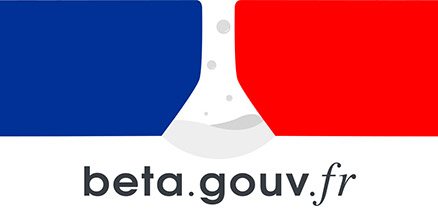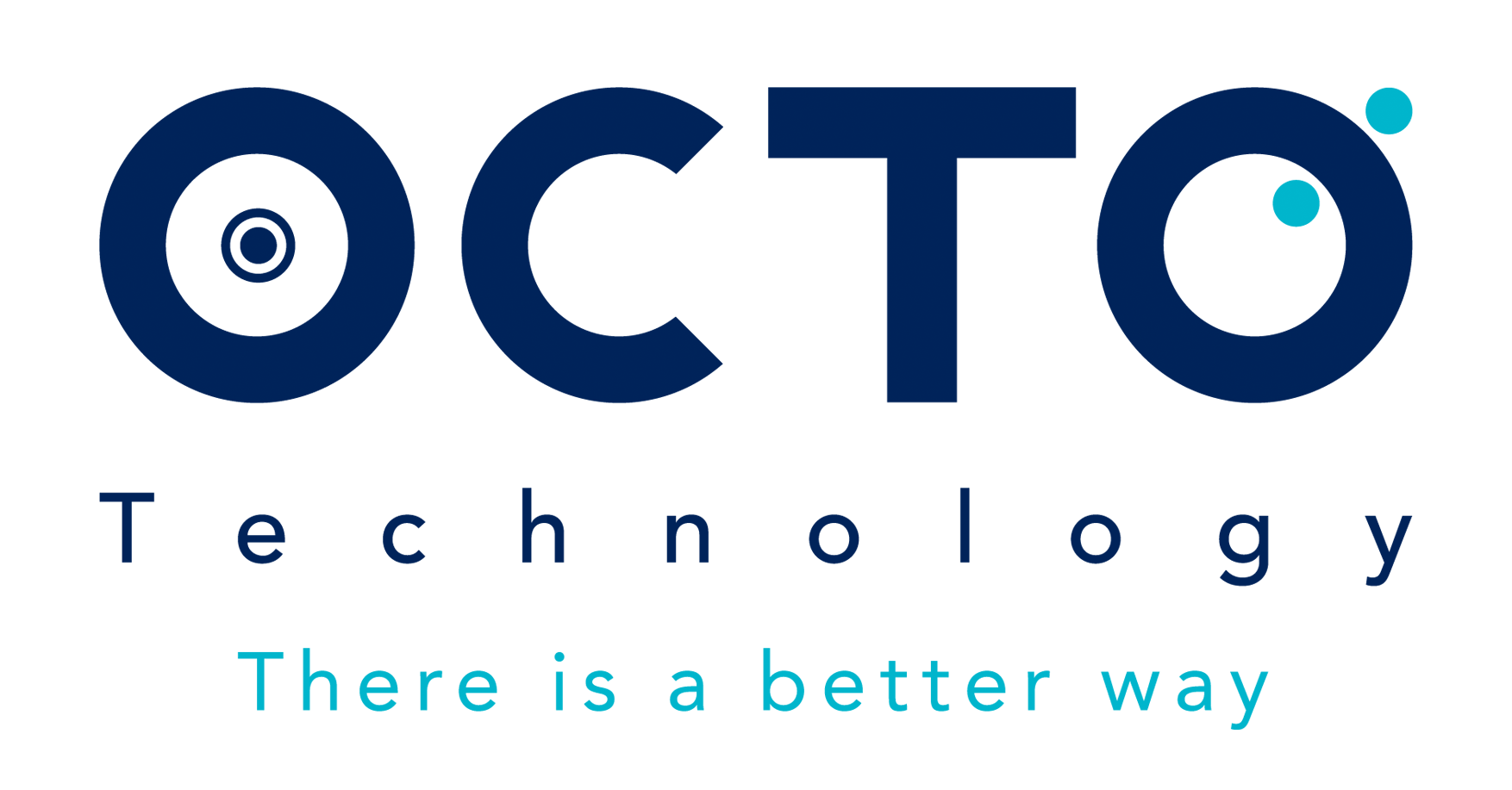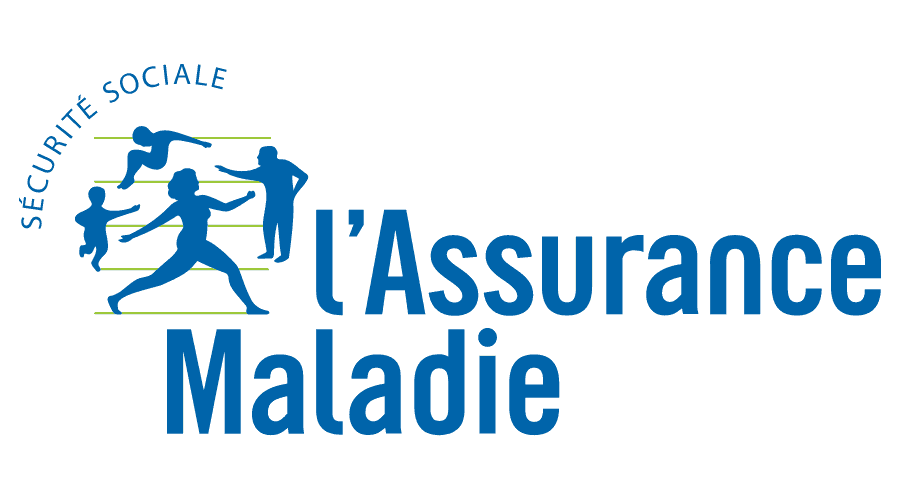








 Services
Blog
Français
Services
Blog
Français
https://github.com/yourlabs/playlabs
GitHub release of part of my current production practice to Continuous Integration and Continuous Delivery. It’s the main monolyth that combines well in CI with our Python & PHP distributions. Actually some parts of the monorepo in the process of being extracted and rewritten to smaller sized units and that’s the development track that’s issued recent tools such as cli2 that is the library for decorating another CLI in python extracted as a generic engine, base for djcli (also extracted from injected code from ansible django plugin), shyml, with other parts that are yet to be installed in a production pipeline such as ansible-apply ansible modern command line wrapper, compoctl docker-compose decorator that’s shorter to write but also provides experimental commands to improve automated deployments, backups and restores.
The new compoctl apply command supports build by default and now chains the following:
If you haven’t installed yet, my advice is to install with pip3 install --user compoctl, and then add export PATH=$PATH:$HOME/.local/bin to open a giant sudo and make internet fun again.
Upgrade with pip3 upgrade --user compoctl if you have installed with --user otherwise with just pip3 upgrade compoctl.
Have a great day <3
https://github.com/marketplace/stale
Automatically close stale issues, a radical way to cleanup issues of a repository !
This article aims to report the current state of research about dealing with both JS and Django, for people that aim to primarly deal with Django and enjoy the same workflow they have with python package with their frontend development, and find patterns to connect them while keeping them loosely coupled at whatever limit feels right for them. Nuff said, let’s hack !
crudlfap relies on django-webpack-loader, which does its job very well. Also maintaining an override in production project which works in pure webpack.
Read More







